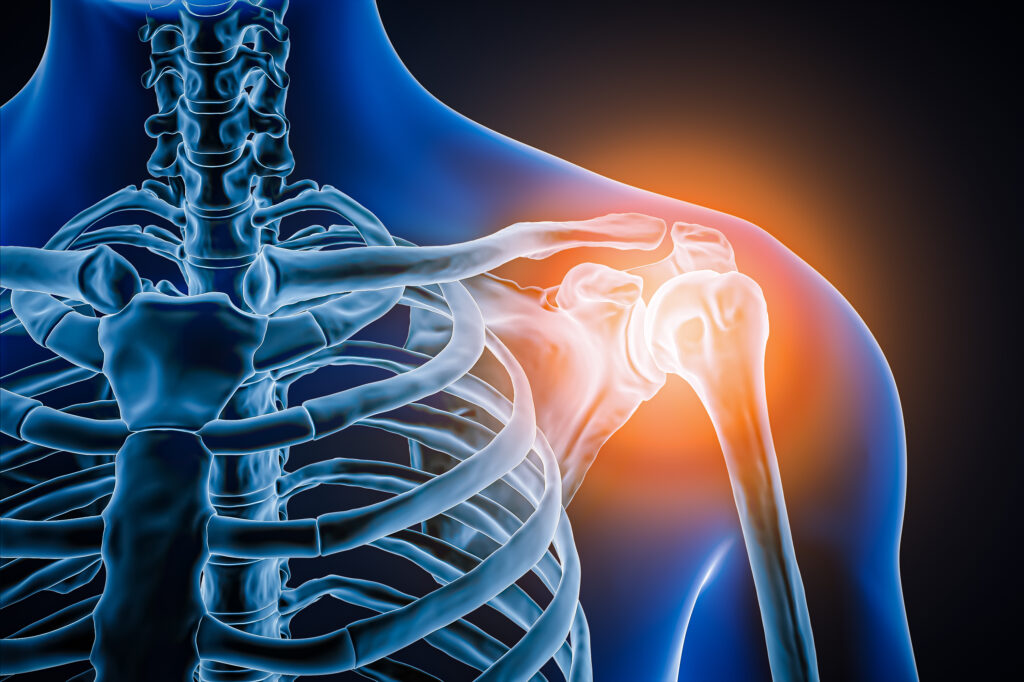Rotator cuff lesions are among the most common causes of shoulder pain, affecting many individuals and significantly impacting their quality of life. As medical science advances, innovative treatment strategies are emerging, combining traditional surgical interventions with regenerative therapies. A recent study, authored by Mert Celikten, Hakan Sahin, Gozde Erkanli Senturk, Kerem Bilsel, Anil Pulatkan, Mehmet Kapicioglu, and Bayram Ufuk Sakul, explores the effectiveness of concentrated growth factors (CGF) compared to platelet-rich fibrin (PRF) and platelet-rich plasma (PRP) in repairing rotator cuff lesions.
The background for this research highlights the importance of integrating growth factors, scaffolds, and stem cell therapies into surgical procedures. These approaches are designed to minimize the risk of rotator cuff repair recurrence—a common challenge faced by orthopedic surgeons. The study emphasizes the vital role that PRP, PRF, and CGF play in tissue regeneration processes such as cell migration, proliferation, and angiogenesis. These factors are derived from the patient’s blood and are enriched with growth factors that facilitate healing.
Previous investigations have already established the positive effects of PRP and PRF on the biomechanical and histological properties of the tendon-bone interface. However, the current research aims to extend this knowledge by specifically comparing CGF with PRF and PRP as a potential new treatment strategy for rotator cuff lesions.
The findings of this study are particularly relevant for both clinicians and patients. By assessing the comparative effectiveness of CGF, PRP, and PRF, the authors hope to provide a clearer understanding of which treatment modality may offer superior outcomes in the context of rotator cuff repair. This could lead to more personalized and effective treatment options for individuals suffering from shoulder pain due to rotator cuff injuries.
As the medical community continues to seek innovative solutions for common orthopedic issues, studies like this one pave the way for advancements in regenerative medicine. The integration of growth factors and regenerative therapies into surgical practices could not only enhance healing outcomes but also improve the overall patient experience during recovery.
In conclusion, the research conducted by Celikten et al. adds valuable insights into the evolving landscape of rotator cuff treatment. As we await further results and clinical applications, the potential for CGF, alongside PRP and PRF, to revolutionize the management of rotator cuff lesions remains an exciting prospect.


